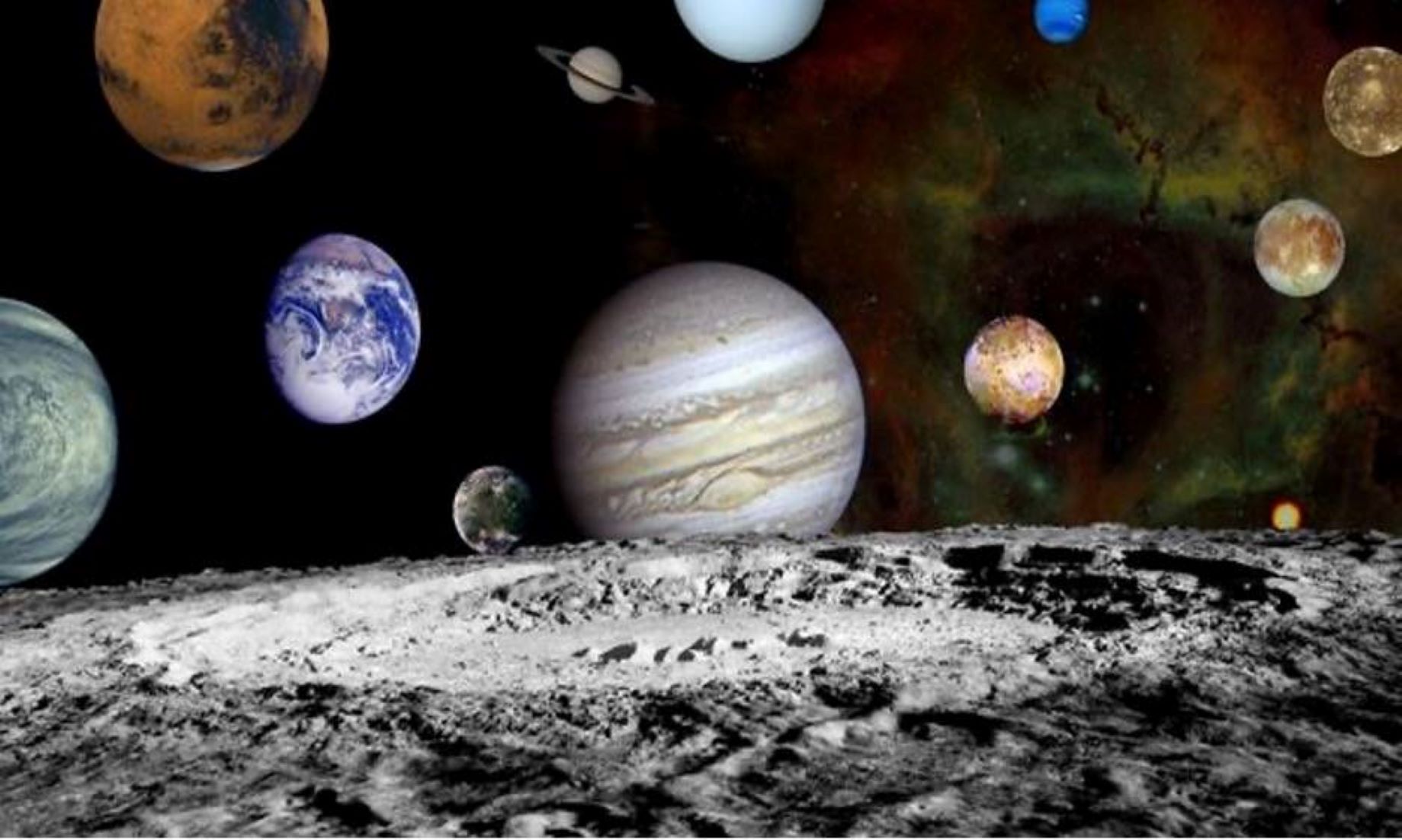CANBERRA, Sept 13 (NNN-AAP) – Diamonds from an ancient dwarf planet in our solar system, could hold the key to building stronger machines, according to Australian scientists.
In a study published today, a team of researchers confirmed the existence of lonsdaleite, in ureilite meteorites, from the mantle of a dwarf planet.
Lonsdaleite is a hexagonal-shaped diamond, thought to be significantly stronger and harder than cubic diamonds found on Earth.
Researchers from the Commonwealth Scientific and Industrial Research Organisation (CSIRO), Australian universities Monash and RMIT, the Australian Synchrotron and Plymouth University, used cutting-edge techniques to find clear evidence of its existence in the meteorite samples.
The study found clear evidence of lonsdaleite’s formation in nature, which CSIRO scientist, Colin MacRae, said, could have major implications for heavy industry.
“If something that’s harder than diamond can be manufactured readily, that’s something industry would want to know about,” MacRae said, in a media release.
Ureilite meteorites, which have a high percentage of carbon in the form of graphite and nanodiamonds, compared to other meteorites, are thought to be the only major samples available from the mantle of a dwarf planet.
By using the CSIRO’s electron probe microanalyser (EPMA), the team was able to quickly map the distribution of graphite, diamond and lonsdaleite in the samples.
Together with RMIT’s high-resolution transmission electron microscopy, the EPMA helped identify lonsdaleite crystallites up to one micron in size – the largest found to date.
“Individually, each of these techniques gives us a good idea of what this material is, but taken together – that’s really the gold standard,” CSIRO’s Nick Wilson said.– NNN-AAP






